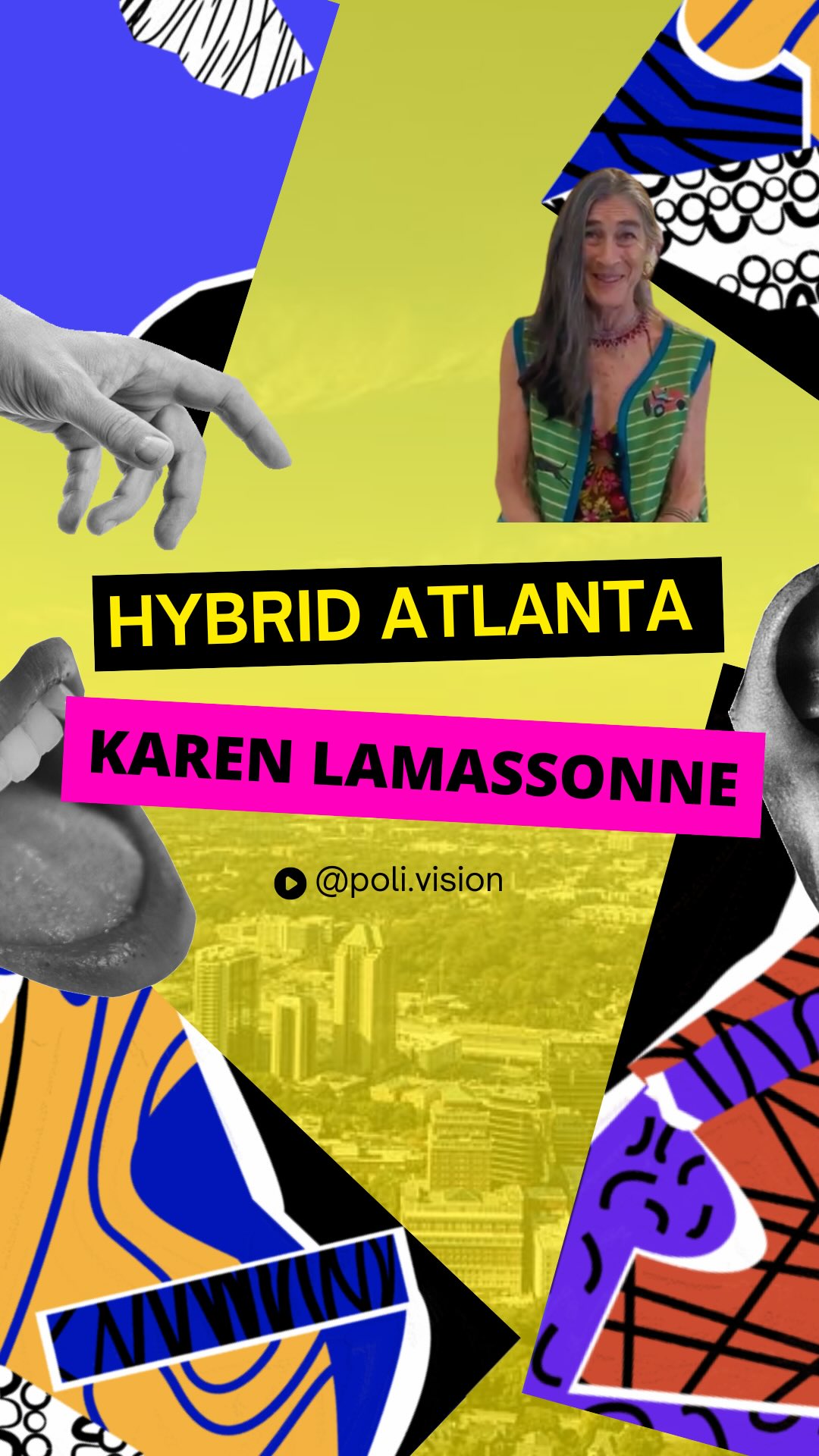From established, internationally acclaimed authors like Mariana Enriquez and Cristina Rivera Garza to debut authors Carolina Flórez-Cerchiaro and Rosália Rodrigo, female Latin American contributions to the horror and fantasy genres have grown in recent years. These women are dominating nuevo gótico latinoamericano or New Latin American Gothic.
Horror carries personal and sociopolitical connotations. Some authors choose to reflect on historical events like the Argentine dictatorship or colonialism in the Caribbean while others look to the present. In an interview with the New York Times, Silvia Moreno-Garcia (author of Mexican Gothic) noted the current unease for both LGBTQ individuals and Latinos in the United States: “Maybe you need bizarre art for bizarre times.”
1. The Bewitching by Silvia Moreno-Garcia (Mexico)
The Bewitching by New York Times bestselling author, Silvia Moreno-Garcia is a horror fiction novel that follows three women across time encountering witchcraft. Moreno-Garcia skillfully integrates the gothic-horror aesthetic of New England with Mexican folklore as the story explores disappearances in Massachusetts and the teyolloquani, or blood-sucking witches of Mexico.
2. Death Takes Me by Cristina Rivera Garza (Mexico)
Death Takes Me is a 2025 translation of a 2007 novel by Pulitzer Prize-winning author, Cristina Rivera Garza. The mystery-horror features a detective working with a professor to find the woman serial killer responsible for the mutilation of many men. Violence against women in Mexico in 2007 as well as its ongoing prevalence throughout the Americas and the US currently pushed Rivera Garza to write and rerelease this story of inverted of gendered violence.
3. Salt Bones by Jennifer Givhan (Mexican American)
Jennifer Givhan explores the real-life ecological hazard, Salton Sea while infusing elements of magical realism in Salt Bones. The protagonist Mal and her two daughters live near the sea that drains and refills yearly with toxic chemicals that infiltrate the air. At the same time, a boney horse skulled figure from Central American folklore, La Siguanaba, haunts the region.
4. The Possession of Alba Díaz by Isabel Cañas (Mexican American)
Plunge into historical horror fiction with Isabel Cañas’s The Possession of Alba Díaz. A wealthy family in Zacatecas, Mexico flees to a village near a silver mine to escape a plague in 1765. Soon, Alba, the daughter and bride-to-be begins to experience symptoms of demonic possession only observed by her and her fiancé’s cousin. Cañas balances class tensions of the time with the supernatural.
5. Bochica by Carolina Flórez-Cerchiaro (Colombia)
In Carolina Flórez-Cerchiaro’s debut novel, Bochica, her protagonist Antonia revisits the site of her mother’s death, the lavish hotel on the Salto del Tequendama waterfall. The story echoes the luxury and feminism of the 1920s with aspects of Colombian mysticism as Antonia tackles both real and inner ghosts. Flórez-Cerchiaro has described the novel as a tribute to The Shining but contextualized in a setting and culture more familiar to her.
6. Beasts of Carnaval by Rosália Rodrigo (Puerto Rico)
Rosália Rodrigo delves into the Caribbean’s colonial past in her debut novel, Beasts of Carnaval. Guests on the fictional Isla Bestia indulge in a never-ending party that is rooted in the exploitation of indigenous people. The main character is a formerly enslaved woman who begins to lose her mind as she searches for her brother on the island. Rodrigo presents themes of resistance and resilience, subverting the typical heroism in the fantasy genre.
7. Our Share of the Night by Mariana Enriquez (Argentina)
Winner of the prestigious Herralde Novel Prize and the first of Mariana Enriquez’s books to be translated to English, Our Share of the Night tells the story of a family and a dangerous cult, “the Order” during the Argentine dictatorship. Power dynamics and fear take center stage in this horror novel where real and supernatural incidents are frequent.

Photo credit: Casa de América
Spanish Version
Desde autoras consagradas y aclamadas internacionalmente como Mariana Enriquez y Cristina Rivera Garza hasta autoras debutantes como Carolina Flórez-Cerchiaro y Rosália Rodrigo, las contribuciones femeninas latinoamericanas a los géneros del horror y la fantasía han crecido en los últimos años. Estas mujeres están dominando el nuevo gótico latinoamericano o New Latin American Gothic.
El horror conlleva connotaciones personales y sociopolíticas. Algunas autoras optan por reflexionar sobre eventos históricos como la dictadura argentina o el colonialismo en el Caribe, mientras que otras miran hacia el presente. En una entrevista con el New York Times, Silvia Moreno-Garcia (autora de Gótico) señaló la inquietud actual que sienten tanto las personas LGBTQ como los latinos en Estados Unidos: “Tal vez se necesita arte extraño para tiempos extraños”.
1. The Bewitching [La hechizada] de Silvia Moreno-Garcia (México)
The Bewitching, de la autora superventas del New York Times Silvia Moreno-Garcia, es una novela de ficción de horror que sigue a tres mujeres a lo largo del tiempo enfrentándose a la brujería. Moreno-Garcia integra hábilmente la estética del horror gótico de Nueva Inglaterra con el folclore mexicano, mientras la historia explora desapariciones en Massachusetts y a las teyolloquani, o brujas chupasangre de México.
2. Death Takes Me [La muerte me da] de Cristina Rivera Garza (México)
Death Takes Me es la traducción al inglés en 2025 de una novela publicada en 2007 por la autora ganadora del Premio Pulitzer, Cristina Rivera Garza. Esta historia de misterio y horror presenta a una detective que colabora con un profesor para encontrar a la asesina serial responsable de mutilar a numerosos hombres. La violencia contra las mujeres en México en 2007, así como su persistencia en América y Estados Unidos, motivaron a Rivera Garza a escribir y reestrenar esta historia que invierte la violencia de género tradicional.
3. Salt Bones [Huesos de sal] de Jennifer Givhan (mexicoamericana)
Jennifer Givhan explora el desastre ecológico real del Salton Sea, mientras infunde elementos de realismo mágico en Salt Bones. La protagonista, Mal, y sus dos hijas viven cerca del mar, que se vacía y se llena cada año con químicos tóxicos que contaminan el aire. Al mismo tiempo, una figura ósea con cabeza de caballo proveniente del folclore centroamericano, La Siguanaba, acecha la región.
4. The Possession of Alba Díaz [La posesión de Alba Díaz] de Isabel Cañas (mexicoamericana)
Sumérgete en el horror histórico con The Possession of Alba Díaz, de Isabel Cañas. Una familia adinerada de Zacatecas, México, huye a un pueblo cercano a una mina de plata para escapar de una plaga en 1765. Pronto, Alba, la hija y prometida, comienza a experimentar síntomas de posesión demoníaca que solo ella y el primo de su prometido pueden percibir. Cañas equilibra las tensiones de clase de la época con lo sobrenatural.
5. Bochica de Carolina Flórez-Cerchiaro (Colombia)
En la novela debut de Carolina Flórez-Cerchiaro, Bochica, su protagonista Antonia regresa al lugar donde murió su madre: un lujoso hotel en el Salto del Tequendama. La historia evoca el lujo y el feminismo de los años 20, con elementos de misticismo colombiano, mientras Antonia enfrenta tanto fantasmas reales como internos. Flórez-Cerchiaro ha descrito la novela como un homenaje a The Shining, pero contextualizada en un entorno y cultura más cercanos a ella.
6. Beasts of Carnaval [Bestias de Carnaval] de Rosália Rodrigo (Puerto Rico)
Rosália Rodrigo explora el pasado colonial del Caribe en su novela debut, Beasts of Carnaval. Los invitados en la ficticia Isla Bestia se entregan a una fiesta interminable que tiene sus raíces en la explotación de los pueblos indígenas. La protagonista es una mujer anteriormente esclavizada que comienza a perder la cordura mientras busca a su hermano en la isla. Rodrigo presenta temas de resistencia y resiliencia, subvirtiendo el heroísmo típico del género de fantasía.
7. Our Share of the Night [Nuestra parte de noche] de Mariana Enriquez (Argentina)
Ganadora del prestigioso Premio Herralde de Novela y el primer libro de Mariana Enriquez traducido al inglés, Nuestra parte de noche cuenta la historia de una familia y una secta peligrosa, “la Orden”, durante la dictadura argentina. Las dinámicas de poder y el miedo ocupan un lugar central en esta novela de horror donde lo real y lo sobrenatural conviven constantemente.






























































